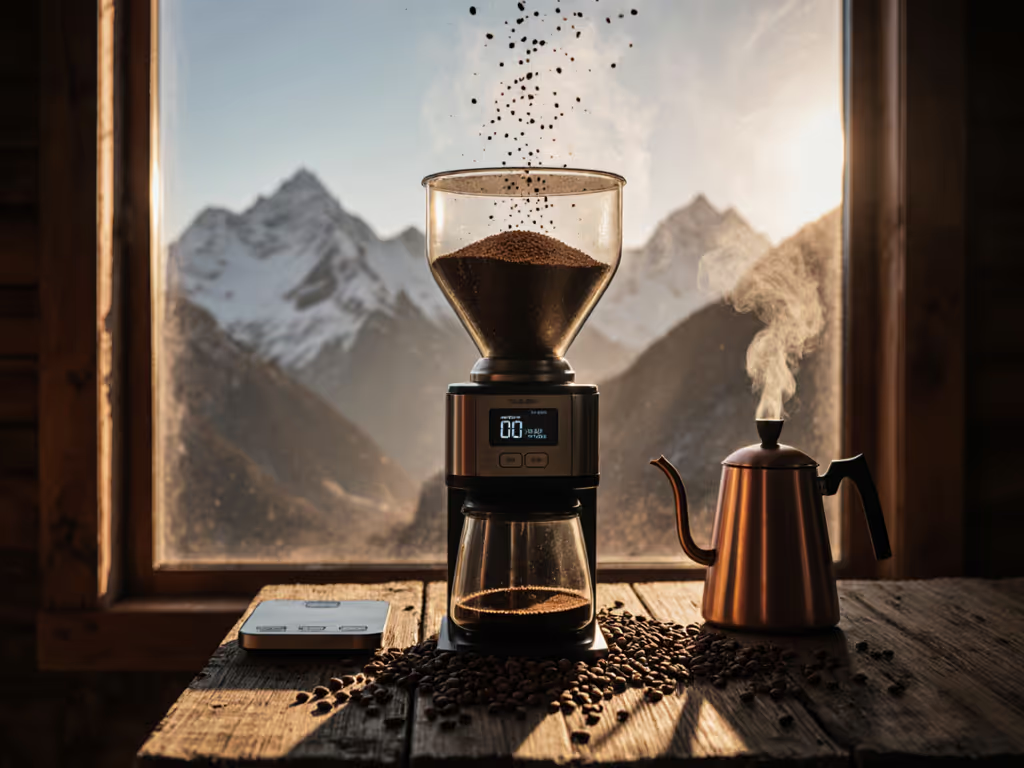
Grinder Retention Explained: Keep Your Coffee Fresh

As a coffee grinder specialist who's tracked every bean-to-brew cost for over a decade, I see grinder retention explained as the silent saboteur of coffee grinder freshness. That tiny bit of coffee left inside your grinder isn't just waste, it is yesterday's flavors contaminating today's brew. When I first kept a modest hand grinder running for five years with a $12 bearing and strategic upgrades, I learned that consistent freshness preservation matters far more than the initial specs.
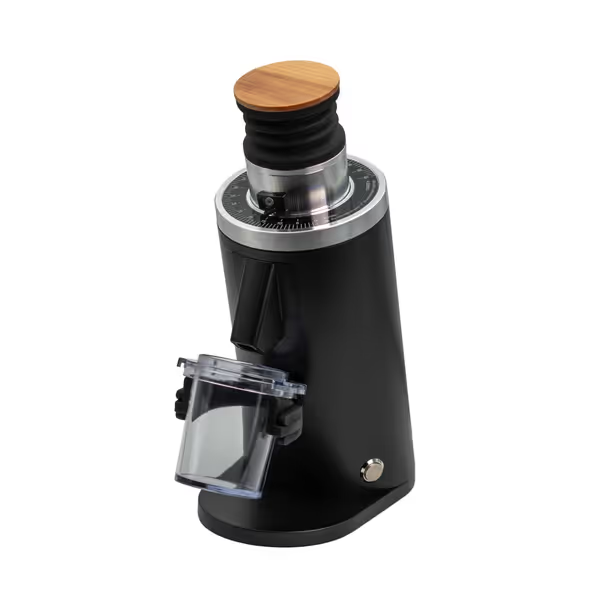
DF54 Single Dose Coffee Grinder
Coffee tastes stale long before you detect it by smell. By the time oxidation reaches your palate, you've already wasted precious beans and compromised your morning ritual. Let's walk through the reality of retention (not just what it is), and how it impacts your daily cup and your long-term satisfaction with your grinder.
What Retention Really Costs You
Retention isn't just about leftover grounds, it is about coffee cross-contamination that alters your cup's flavor profile. When stale particles mix with fresh grinds, you lose clarity and sweetness. I've documented cases where just 0.5 grams of retained coffee created measurable flavor drift between batches.
The problem compounds daily:
- First brew: Clean, vibrant notes
- Second brew: Subtle staleness begins to emerge
- Consistent exposure: Your palate adapts, but coffee quality degrades
Many reviews focus on grind consistency while ignoring the silent freshness killer: retention. This is exactly why ownership experience matters more than launch specs. That 'perfect' grinder on day one becomes disappointing by month three if retention isn't managed.
Flat vs. Conical: How Design Impacts Retention
Let's compare the two dominant burr styles through a sustainability lens:
Flat burr grinders
- Generally higher retention (0.3-1.5g average)
- Coffee must travel horizontally through the grinding chamber
- Static buildup common with lighter roasts
- Better for espresso-focused users who change beans infrequently
Conical burr grinders
- Typically lower retention (0.1-0.7g average)
- Gravity assists coffee flow through vertical chamber
- Fewer dead zones for coffee to accumulate
- Better for households using multiple beans or brewing methods
When I tested several models side-by-side, I found that grinder cleaning frequency needs vary dramatically based on this fundamental design difference. Flat burr users often need daily purge routines, while conical burr owners might maintain freshness with weekly cleanings.
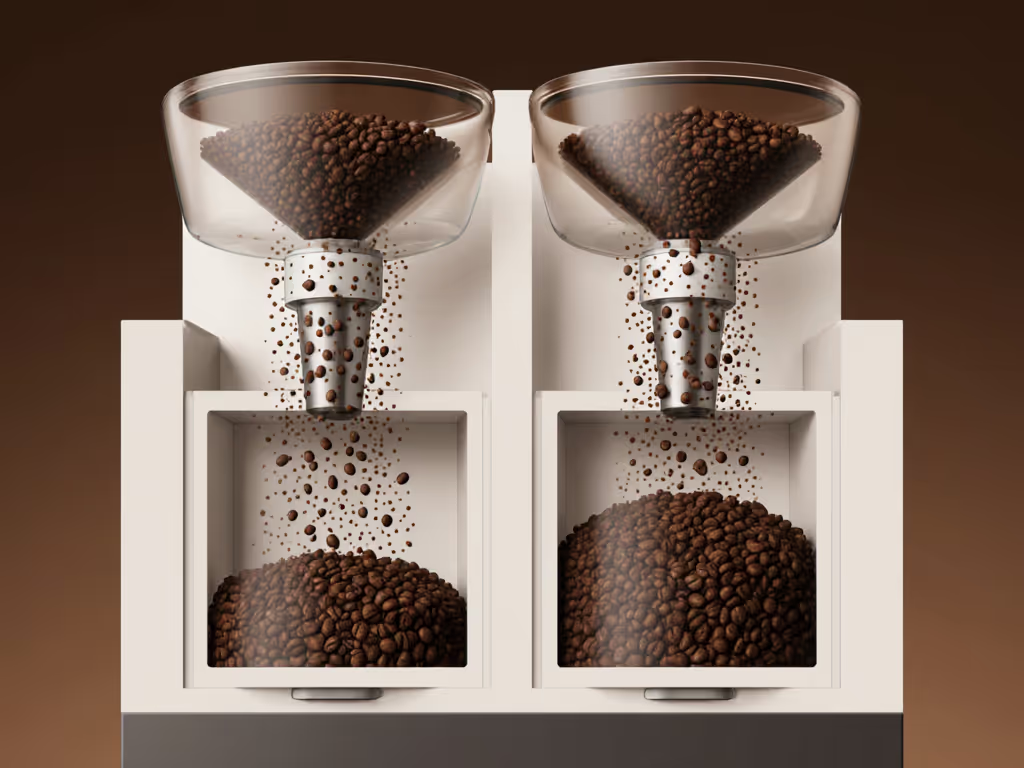
The Single-Dose Revolution: Solving Retention at the Source
Models like the MiiCoffee DF54 demonstrate how single-dose design fundamentally addresses retention. Its blow-out funnel and plasma generator reduce retained coffee to virtually zero, often below 0.1 grams. This is not just a spec; it translates to actual freshness preservation where each brew tastes as intended.
While reviewing hundreds of grinders, I've found single-dose mechanisms solve three retention problems simultaneously:
- No bean hopper contamination - Fresh beans never touch stale grounds
- Minimal internal pathways - Fewer places for coffee to accumulate
- Predictable cleaning cycles - Maintenance becomes part of the workflow rather than an afterthought
The Baratza Sette 270 series offers another interesting approach, its straight-thru grind mechanism minimizes internal pathways. But without single-dose capability, occasional users still face freshness issues unless they implement strict maintenance schedules.
For gear picks that minimize waste and simplify purging, see the best single-dose grinders with minimal retention.
Your Retention Management Protocol
Based on years of tracking transparent cost math across dozens of grinders, here's my evidence-based retention protocol:
For daily users:
- Purge 3-5 grams before first brew
- Clean burrs monthly
- Replace burrs at 500-800 hours (documented in your maintenance logs)
For occasional users:
- Purge 10-15 grams before first brew
- Clean burrs quarterly
- Consider single-dose models to eliminate hopper-related contamination
Many overlook how simple interventions like anti-static devices or proper burr alignment dramatically reduce retention. The Fellow Ode Gen 2 incorporates magnetic catch systems that reduce post-grind retention by 40% compared to its predecessor, a great example of incremental design improvements that matter for daily freshness.
That $12 bearing repair taught me more about coffee freshness than any spec sheet ever could. The real value emerges in the daily ritual, not the initial unboxing.
Beyond the Grind: Long-Term Value Assessment
Retention impacts your grinder's entire lifecycle. High retention grinders accelerate wear on components as stale coffee absorbs moisture and creates abrasive compounds. This is why I always examine spare parts lists before recommending any grinder, models designed for easy disassembly and cleaning typically deliver better long-term freshness.
When evaluating options, consider these hidden retention costs:
| Cost Factor | Low-Retention Grinders | High-Retention Grinders |
|---|---|---|
| Coffee Waste | ~0.1g per brew | 0.5-1.5g per brew |
| Annual Coffee Cost | ~$15 (at $20/lb) | ~$75-$225 (at $20/lb) |
| Cleaning Time | 30 sec/day | 2-5 min/day |
| Burrs Lifespan | 700-1000 hours | 500-700 hours |
These numbers turn retention from a theoretical concern into real dollars and wasted time, elements that often outweigh the initial price difference between models.
The Final Verdict: Your Freshness Preservation Strategy
Grinder retention isn't just about technical specs, it is about protecting your coffee investment, your time, and your daily ritual. The best approach combines smart equipment choices with realistic maintenance expectations.
For most home users, I recommend:
- Single-dose capability if you use multiple beans or brew methods
- Anti-static features if you favor light roasts
- Documented maintenance schedules regardless of model
Remember that freshness preservation requires looking beyond the grinder itself. Storage, brewing method, and even your local humidity all interact with retention issues. That's why I always say to buy once or buy right, the right grinder becomes an invisible partner in your ritual, not a daily source of frustration.
The ultimate test isn't on paper, it is in your cup, day after day. Track your retention through simple weigh-and-brew tests. Compare your notes over weeks, not just first impressions. That is how you'll discover which grinder truly delivers consistent coffee grinder freshness for your lifestyle.
Related Articles


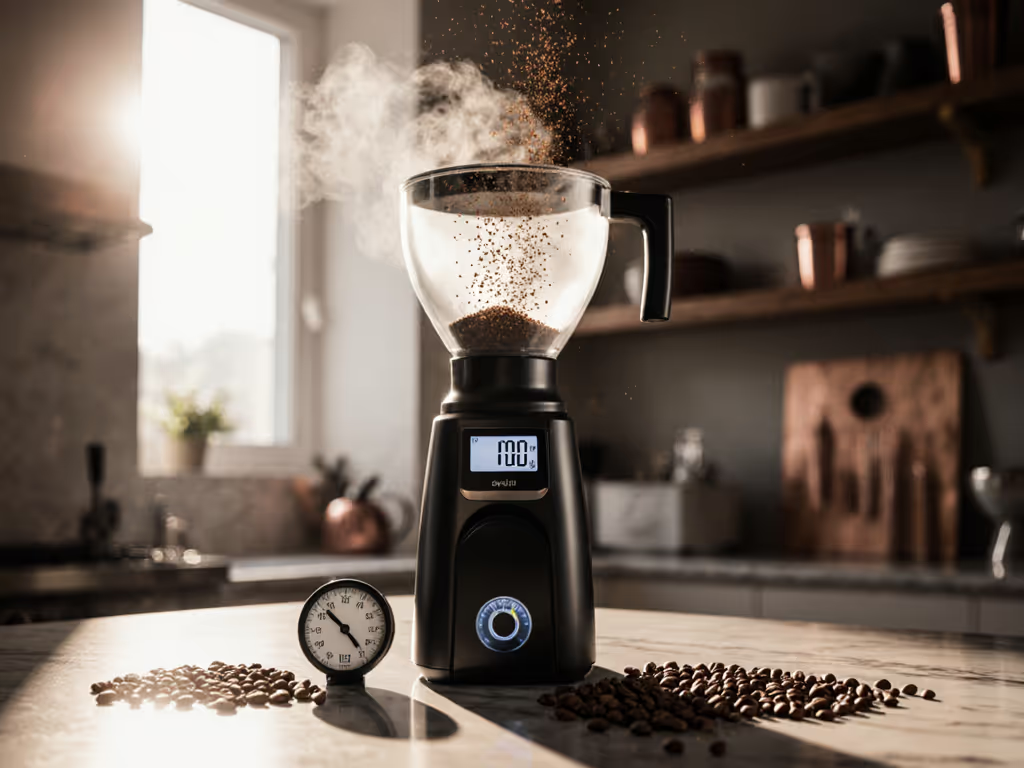
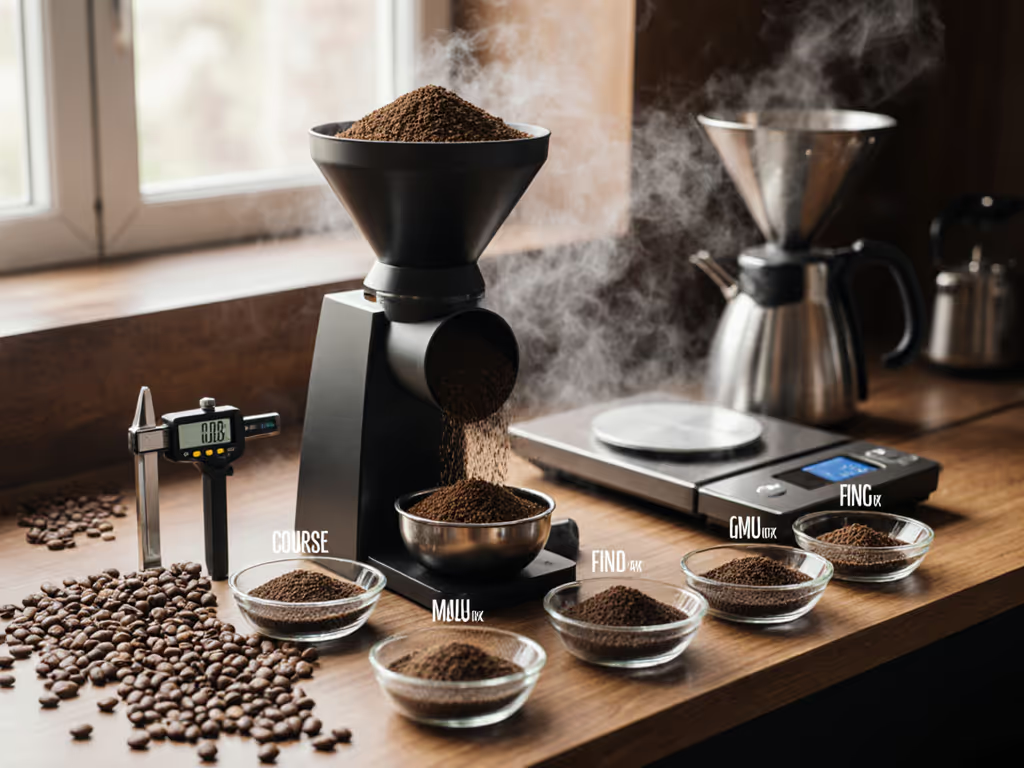
Coffee Grind Sizes Decoded: Science Over Guesswork
Learn how to replace grind guesswork with a science-based focus on particle distribution and consistency, and why these drive extraction, flow, and flavor. Gain method-specific targets and simple calibration protocols - including sieve checks and thermal drift adjustments - for repeatable results at home or in service.
